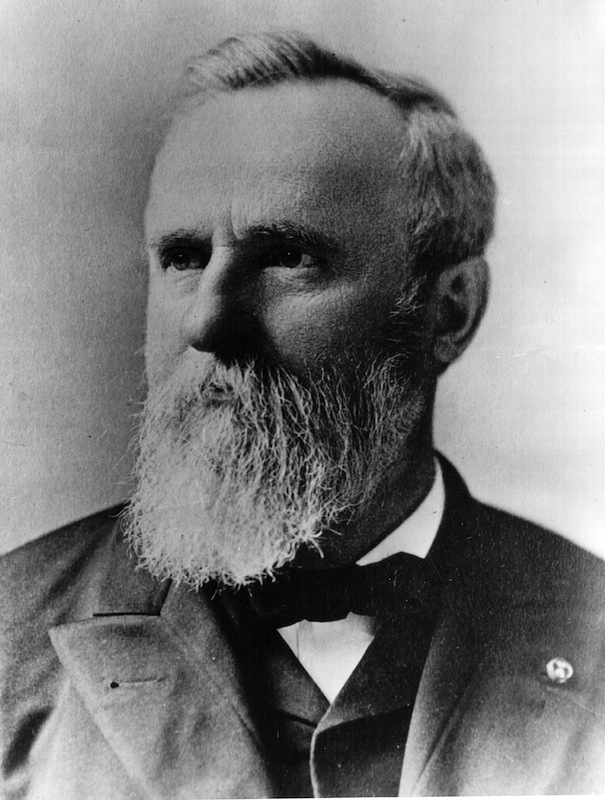

This post is in partnership with the History News Network, the website that puts the news into historical perspective. The article below was originally published at HNN.
In 2014 my book, Hunting the President, was published. It included previously unknown assassination attempts against American presidents from the time of FDR to President Obama. (HNN ran articles based on my research here and here.) My latest book, Hunting the President II, examines attempts to assassinate U.S. presidents from George Washington to Herbert Hoover.
My research has revealed numerous never-before-told incidents when the president’s life was put in danger, including stories of attempted stabbings, shootings and bombings. Many of the assassination plots and assassination attempts I write about have been well-chronicled. Others, however, have remained largely hidden from the public; some buried in newspaper archives and others in government reports, presidential memoirs, bodyguard memoirs, Secret Service agents’ memoirs, the National Archives, the Library of Congress, and presidential libraries.
Amongst the many stories of assassination attempts I reveal in my book, particularly shocking are the previously unknown attempts to assassinate presidents James Buchanan, Andrew Johnson, Chester Arthur, Rutherford Hayes, Benjamin Harrison and Theodore Roosevelt.
Although James Buchanan, like all presidents, was subject to threats it has been assumed he passed through his one-term presidency without any attempt to assassinate him. Yet there is compelling evidence to suggest otherwise. When a group of Civil War army veterans held a reunion in 1887 one of them revealed a plot to kill Buchanan. The veteran revealed how Kansas abolitionists, believing that if Buchanan could be assassinated Kansas would fall into their hands, hired an assassin to murder the president. Buchanan’s would-be assassin arrived in the capital determined to shoot him as he strolled through the grounds of the White House. However, the plot was foiled by an informant and the assassin was arrested.
Ulysses S. Grant said there had been a “deliberate attempt” on the life of President Andrew Johnson during a visit to Indianapolis. Johnson and his party, including Grant, were staying at a hotel in the city during the visit. When they gathered in one of the rooms booked for the party a shot was fired from a second-story window on the opposite side of the street from the hotel. The bullet struck a Chinese lantern near where the president was standing and passed within three feet of Grant’s head. Local law enforcement agencies made no arrests.
A would-be assassin stalked President-Elect Rutherford B. Hayes and plotted to kill him during the inauguration ceremonies at the Capitol in March 1877. The plot was investigated by Washington Police Chief Major A.C. Richards. The assassin was eventually tracked to the city’s Imperial Hotel and was immediately arrested with the ‘unofficial assistance’ of two US Secret Service agents who happened to be in the hotel’s vicinity. During police questioning he admitted to his assassination plans. (Author’s Note: The Secret Service did not assume the duties of Presidential protection until the time of President Theodore Roosevelt but the agency did provide ‘unofficial presidential protection’ during the presidencies of Cleveland and McKinley.)
President Chester A. Arthur was the victim of two assassination attempts. The first attempt was made at the Butler Mansion in Washington DC and the second occurred at the White House. When Arthur was staying in the Butler mansion prior to moving into the White House after President Garfield’s assassination, a “shot was fired at a reporter for the Cincinnati Enquirer who was sitting talking to Senator John P. Jones” and, “…the villain took the reporter for Arthur.” The shot came through a window but missed the target. The incident was corroborated in a statement Senator Jones gave to the Philadelphia Times many years later. The second incident which endangered Arthur shortly after he became president occurred on October 31, 1881 when a would-be assassin entered the White House armed with a pistol and attempted to see the president. Following a struggle with the doorkeepers he was subdued and arrested.
Although rumors of assassination attempts were prevalent throughout Benjamin Harrison’s presidency there is compelling evidence that a serious attempt on the president’s life actually occurred in 1890 but was covered up by White House aides.
A United States Senator had received letters threatening to kill President Harrison. The letters were turned over to US Secret Service Chief John S. Bell who conducted an unofficial investigation as the Secret Service, although used as a detective agency by many government departments during this period, did not have official sanction to investigate threats to the president. The letter writer was tracked down by two of Bell’s detectives to Petersburg, Virginia, and trailed to the capital. On May 23, 1890, the would-be assassin stationed himself on Pennsylvania Avenue at around 9:30 in the morning. He was approximately twenty feet away from Harrison as the president passed by in his coach. As the assassin attempted to draw his revolver he was quickly subdued by the agents. During his interrogation the assassin confessed “boldly” that he had intended to kill the president. Bell confirmed the story to newspaper reporters and “verified it in every particular.” Although the White House denied the assassination attempt, additional credible evidence to corroborate the story is provided in my book.
John Schrank’s shooting of ex-President Theodore Roosevelt in 1912 is widely regarded as the only serious assassination attempt Roosevelt experienced. But there were at least two occasions when armed assassins breached Roosevelt’s security when he was president. In September 1903 Roosevelt came within a hair’s breadth of assassination when Henry Weilbrenner pointed a loaded gun at him. The incident has been reported in a number of journals and books. However, a similar incident occurred a month later after an armed man, Peter Elliott, breached the president’s security armed with a loaded pistol but was subdued by White House doormen and arrested. When Elliot’s pistol was examined it was discovered he had prepared the bullets with poison. The Secret Service concluded that the only purpose for coating the bullets in such a way was to kill the president.
Many assassination plots were hidden from the public because of presidential secrecy and a fear that publicity would inspire others. In 1901 a ‘clerical employee’ at the White House told the Boston Evening Transcript, “Few persons realize how vital a subject at the White House the possibility of presidential assassination always has been. Of course, nothing of this discussion gets out except in the cases where a shot is actually fired or some other overt act committed which startles the country. Of the larger number of seemingly suspicious cases that, whether alarming or not, are nipped in the bud, little is ever known.” White House guard William Crook noted in his memoirs that, “Episodes of [violent behavior] were a frequent occurrence in the White House. We dealt with them quietly and they rarely got into the newspapers.”
In Harrison’s case the president was unaware of the plot to kill him as, according to US Secret Service Chief John S. Bell, the president’s aides and political friends kept the incident from him and were sworn to secrecy. Supportive evidence of the cover-up resides in the discovery by this author that the president’s private secretary, Elijah Halford, had been economical with the truth when he told the press that the assassination story was false.
In October 1903 President Theodore Roosevelt’s private secretary, William Loeb, met with Secret Service Chief John E. Wilkie. They discussed how the agency could effectively carry out its protection duties. Loeb announced his intention to suppress every fact in connection with the arrest of would-be assassins. Loeb also said he would ‘make trouble’ for any police officer or Secret Service agent who failed to observe his orders in this respect. The policy decision was extended to the Washington police force.
Before his death Loeb admitted that “many frustrated attempts upon the life of the president [were] kept secret.”
Mel Ayton is the author of numerous books and articles. His book, Hunting the President, an examination of plots, threats and assassination attempts against American presidents, was published by Regnery in April 2014.
JFK Assassination: Photos of John and Jackie Kennedy in Texas, 1963
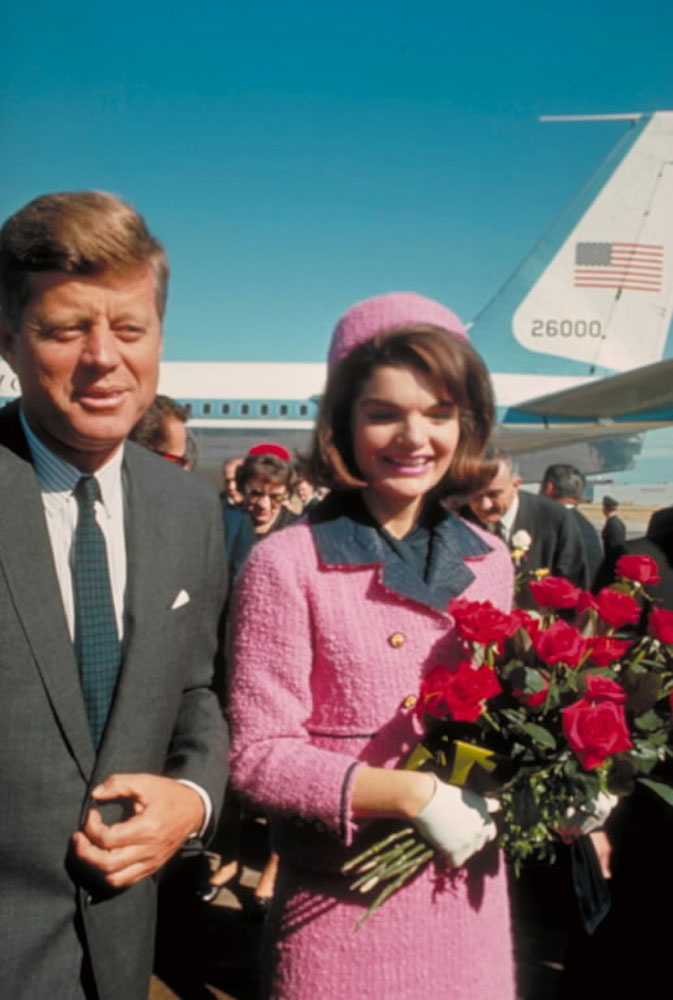
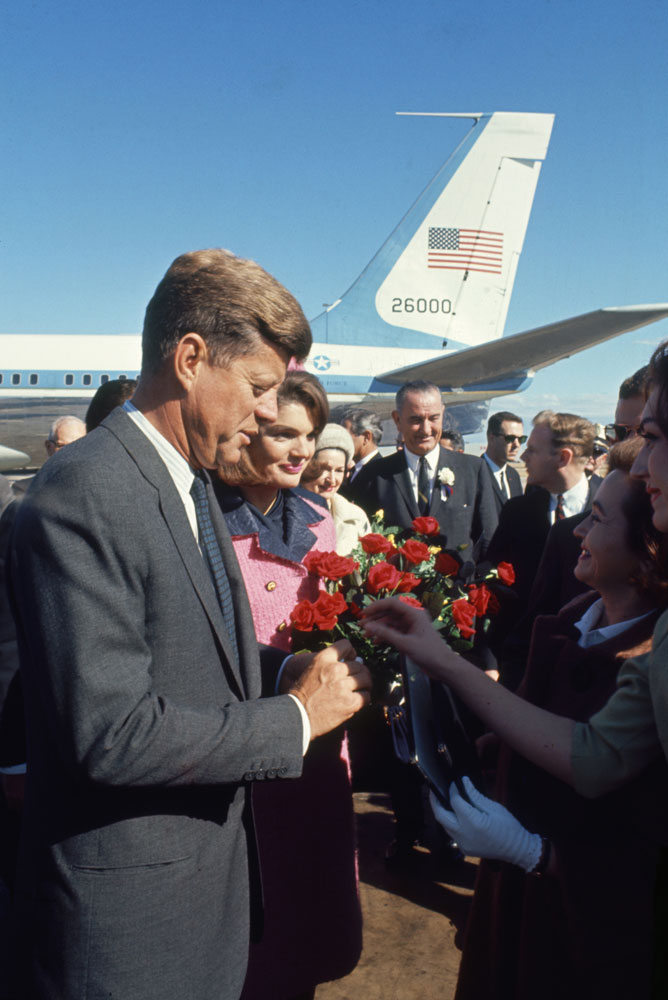
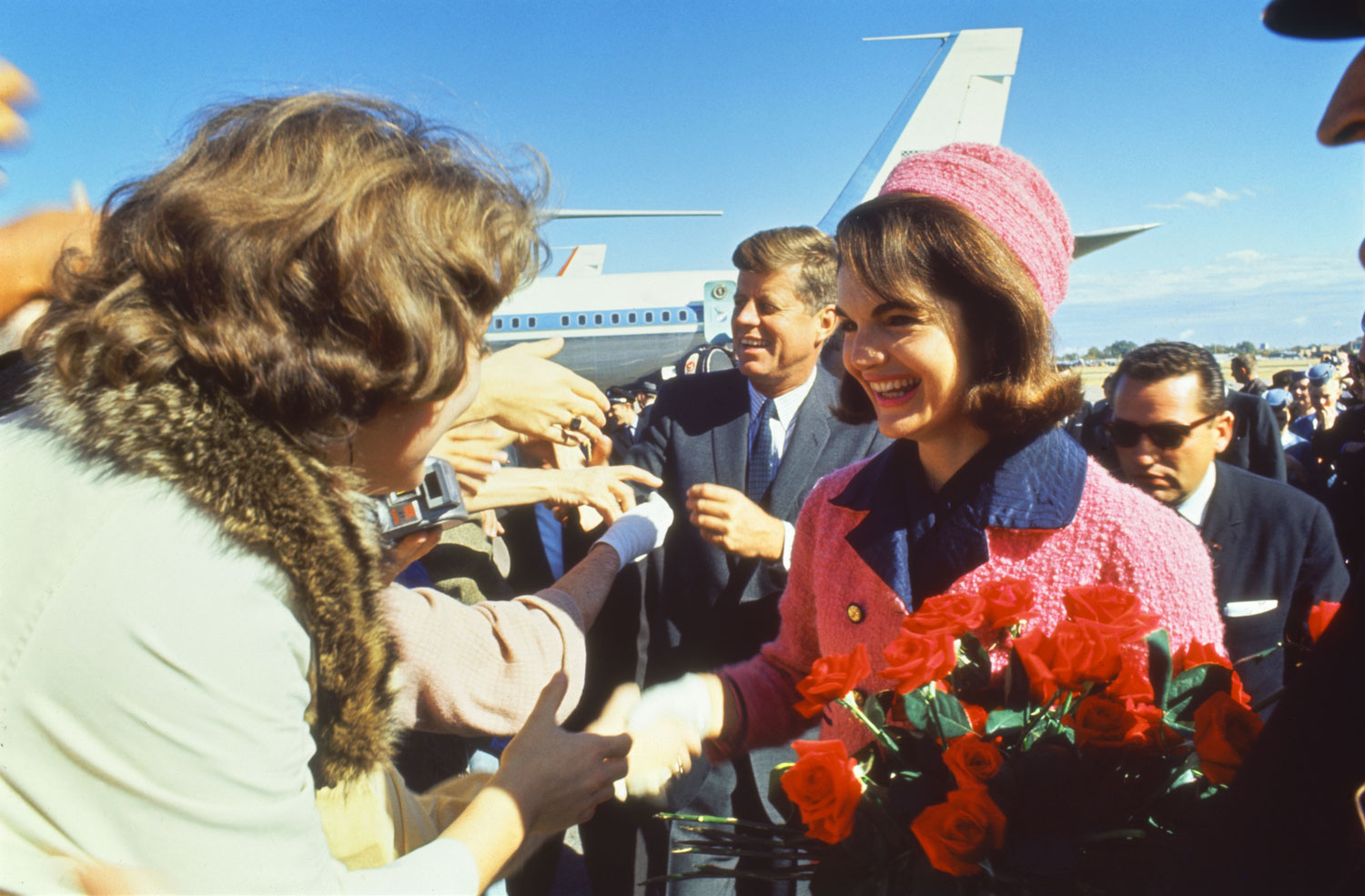



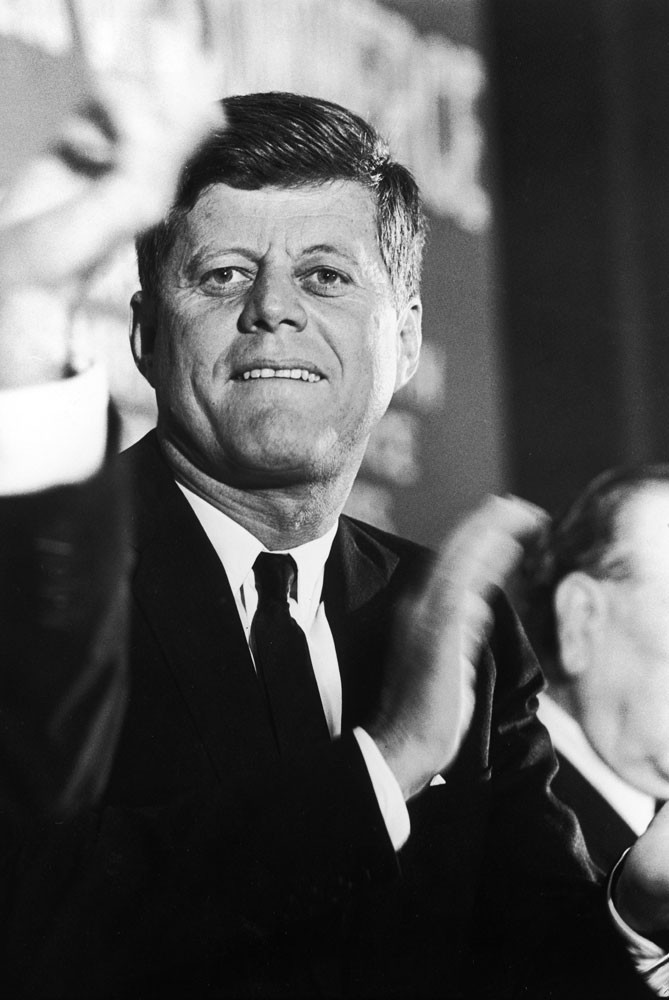
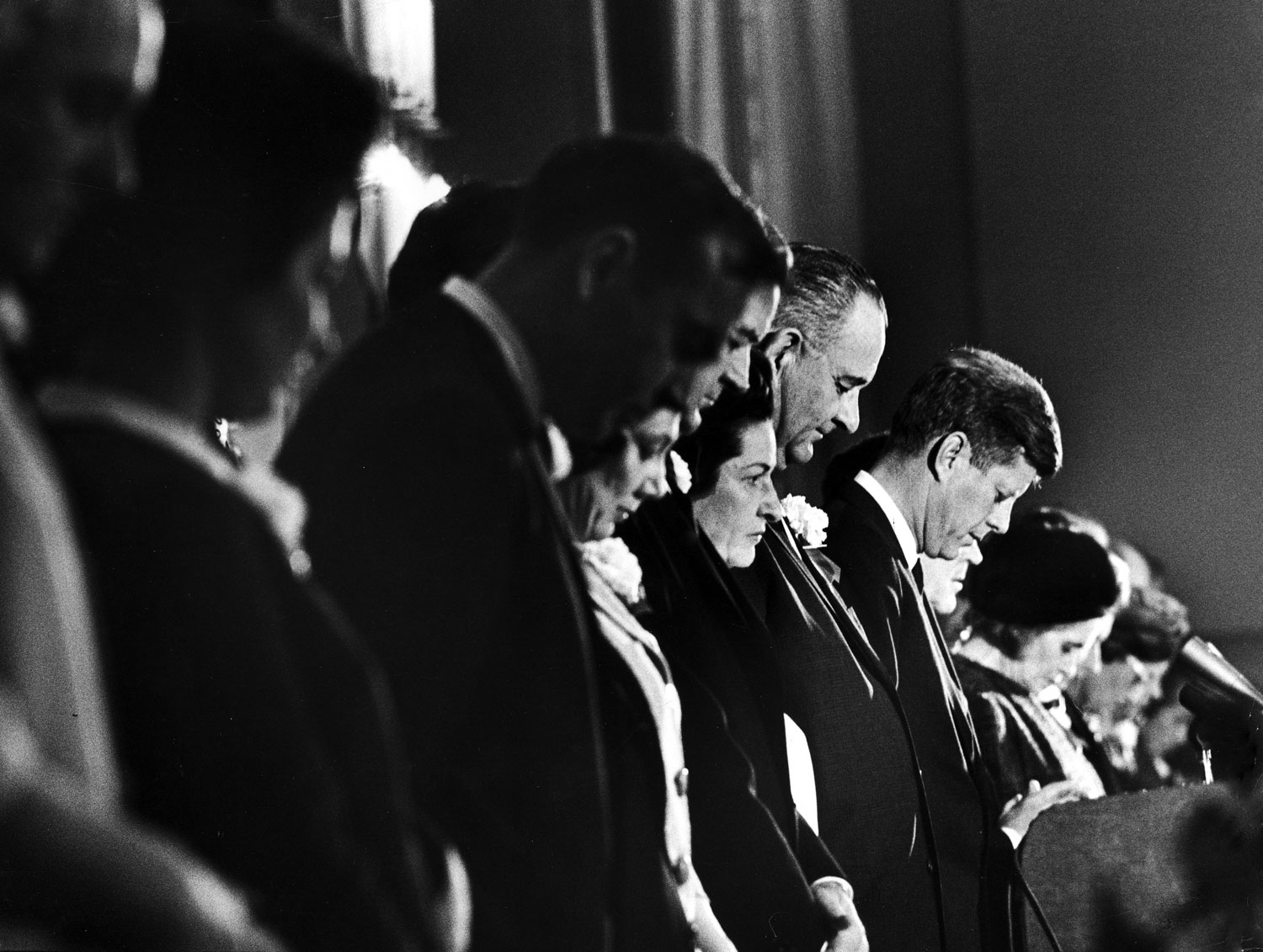
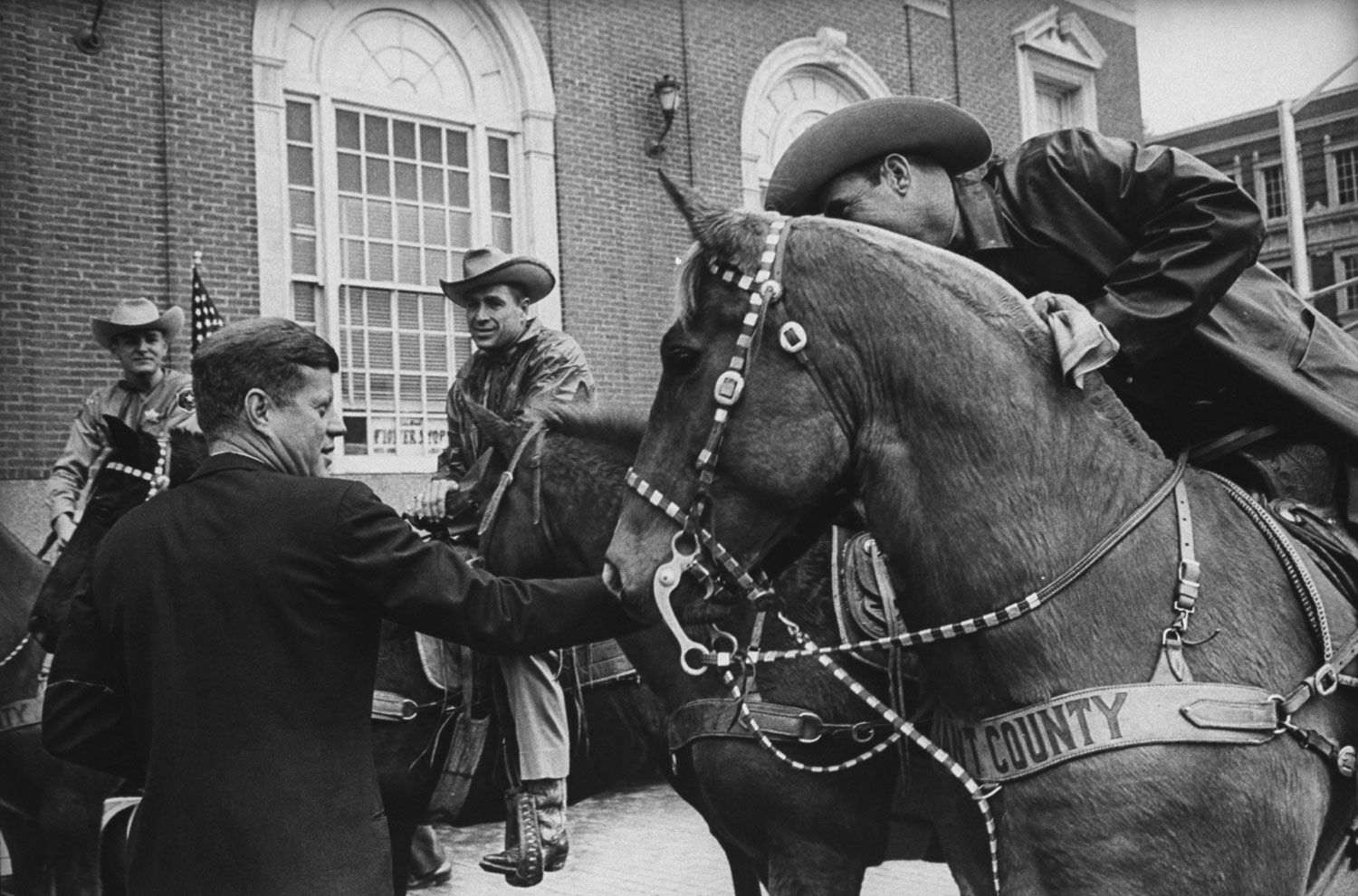

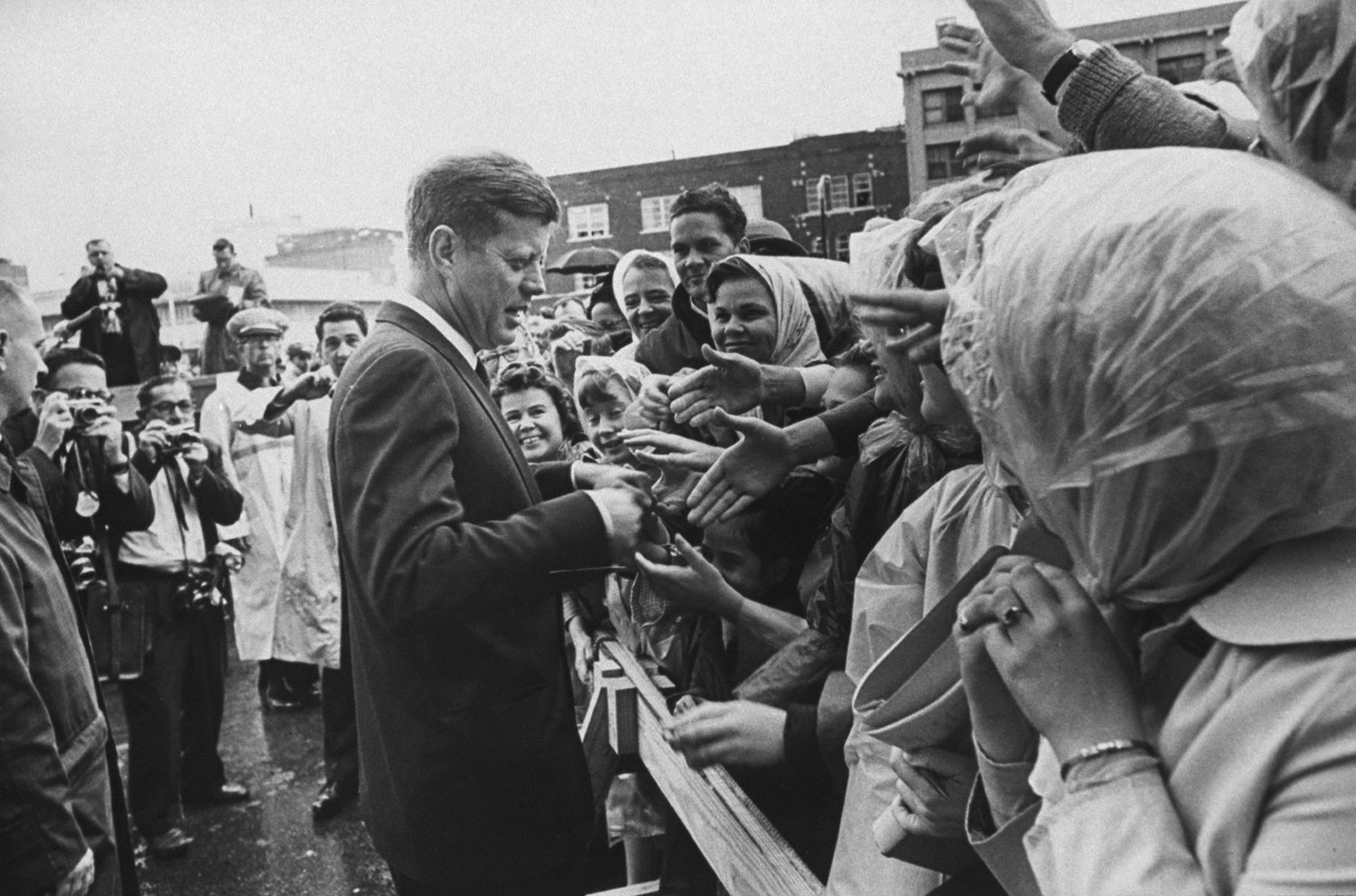



More Must-Reads from TIME
- Donald Trump Is TIME's 2024 Person of the Year
- Why We Chose Trump as Person of the Year
- Is Intermittent Fasting Good or Bad for You?
- The 100 Must-Read Books of 2024
- The 20 Best Christmas TV Episodes
- Column: If Optimism Feels Ridiculous Now, Try Hope
- The Future of Climate Action Is Trade Policy
- Merle Bombardieri Is Helping People Make the Baby Decision
Contact us at letters@time.com